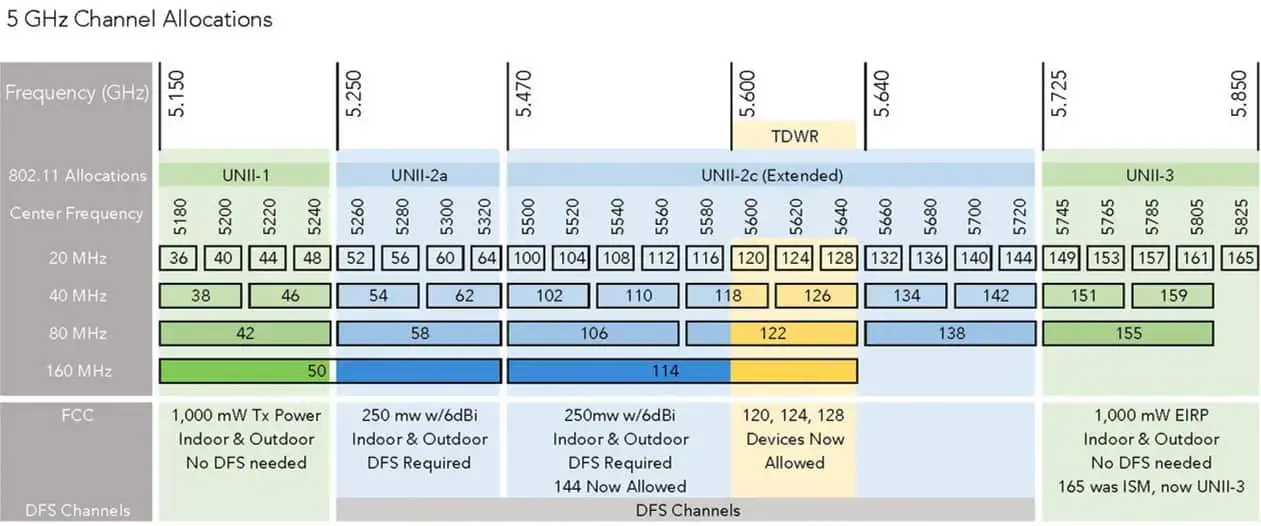I noticed a pretty extreme difference in performance in openssh when using x11 forwarding when I touch the cipher suite.
AES128-ctr vs AES128-gcm on kubuntu 22.04.
I was wondering if anyone could shed some light into that. I'm mostly curious if it's not using hardware acceleration when I switch it to GCM.
